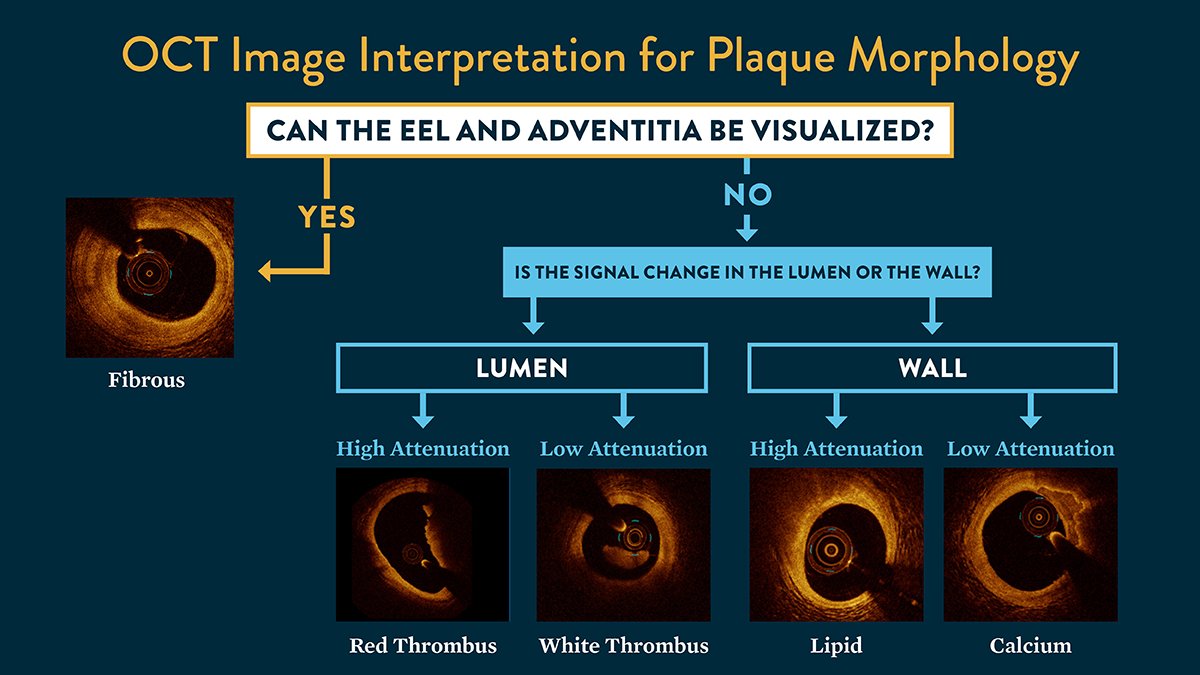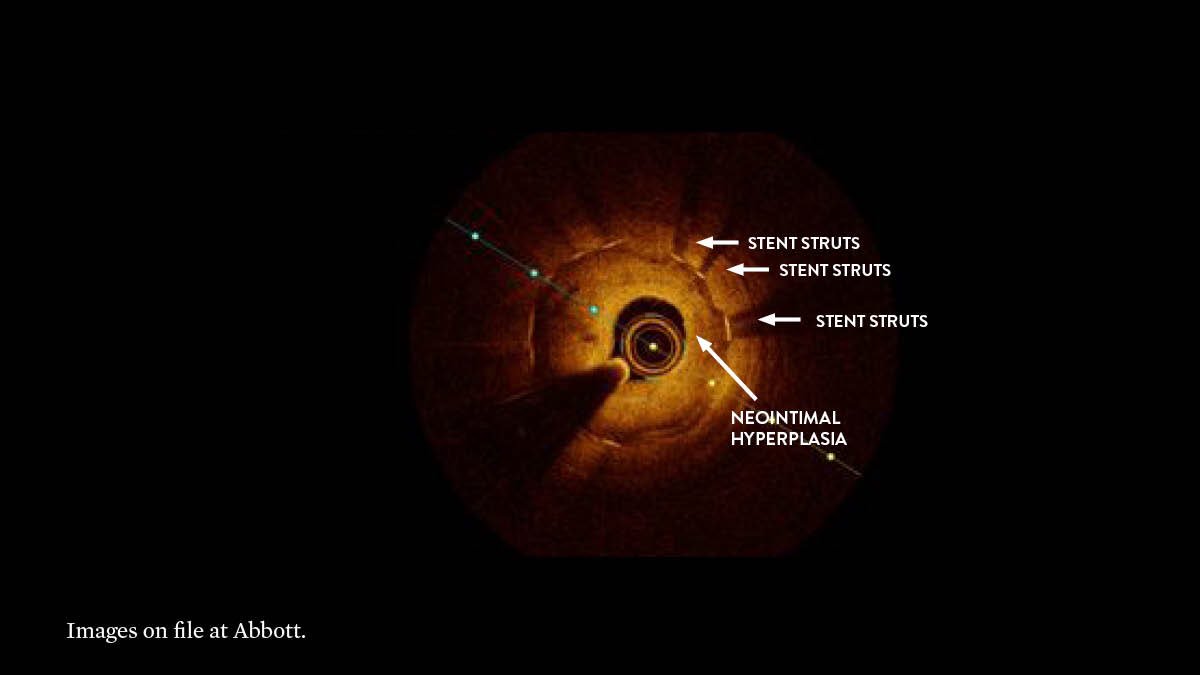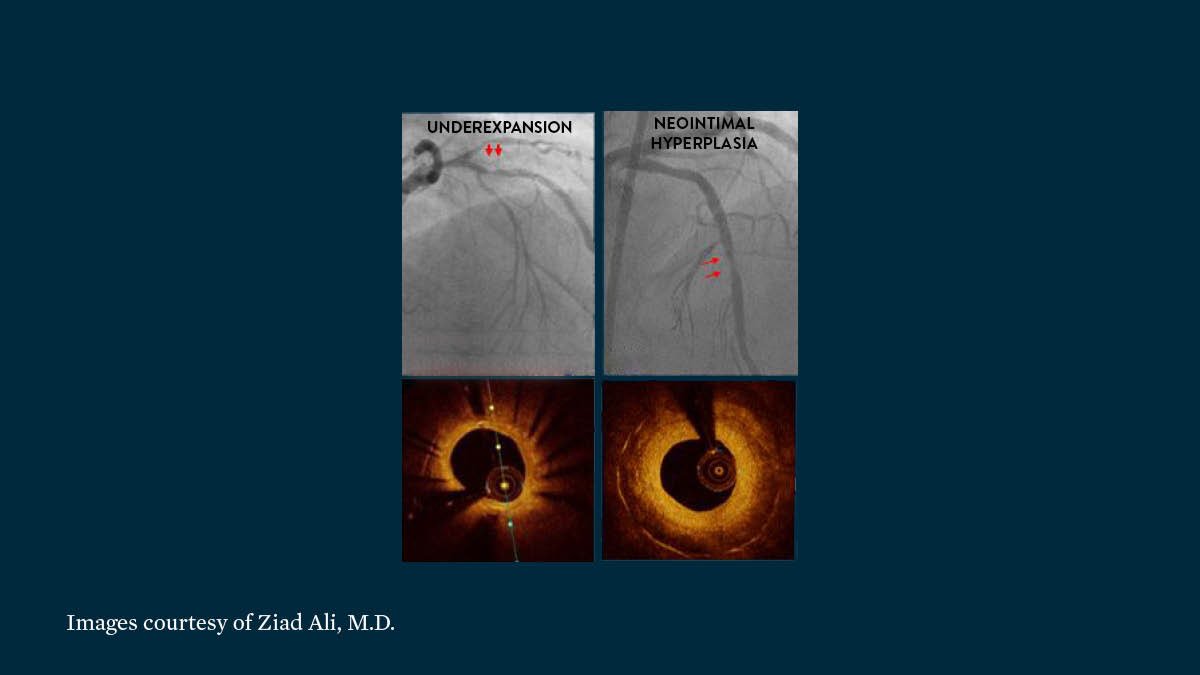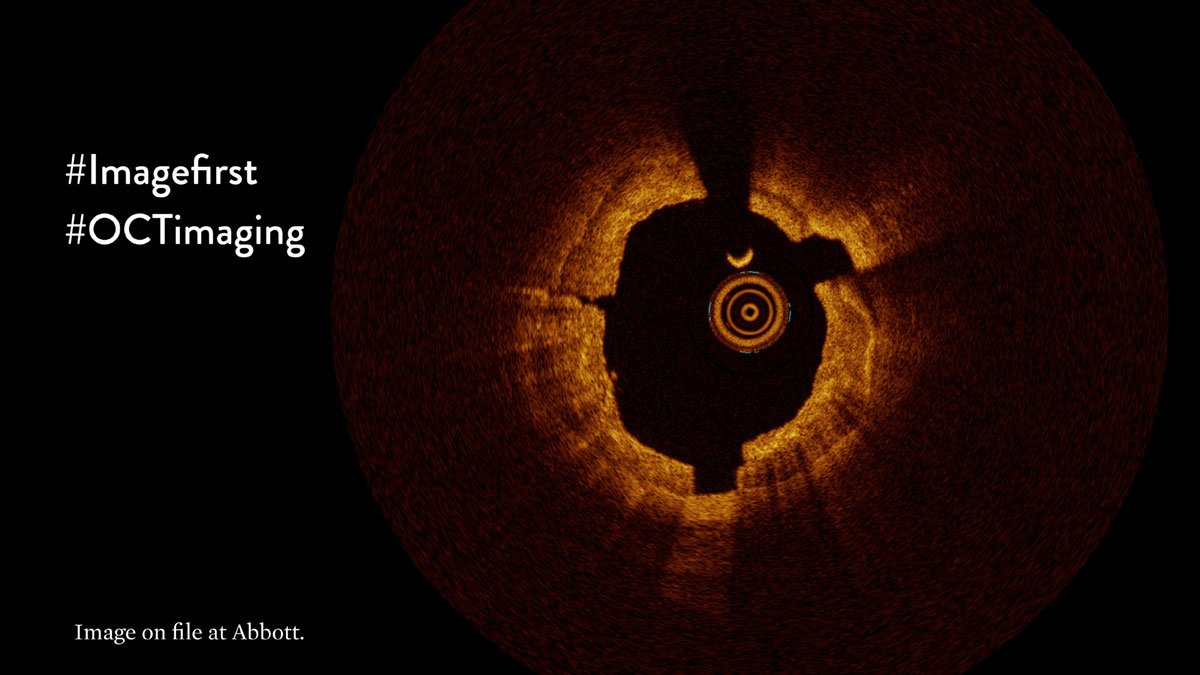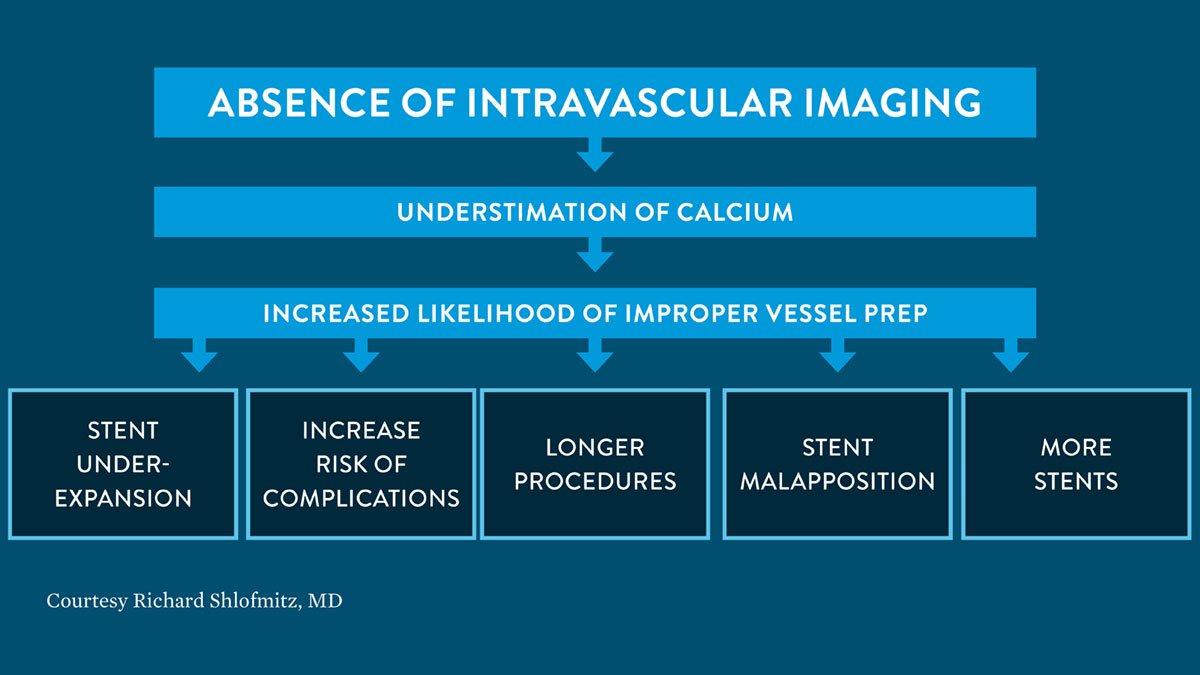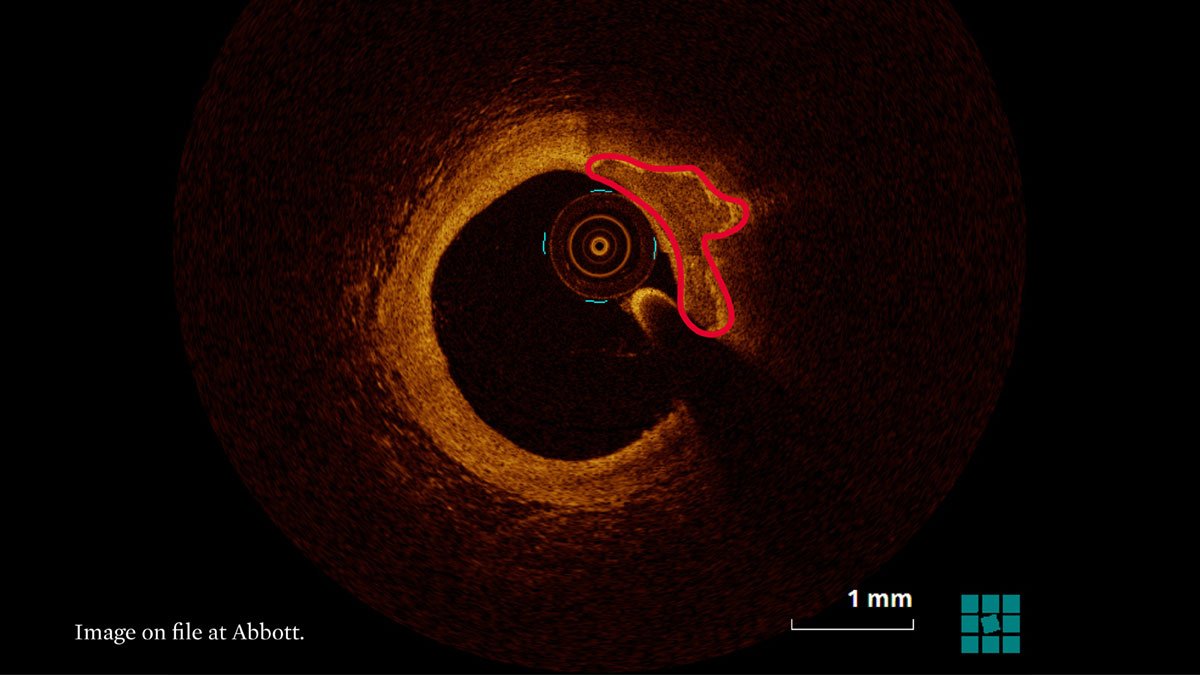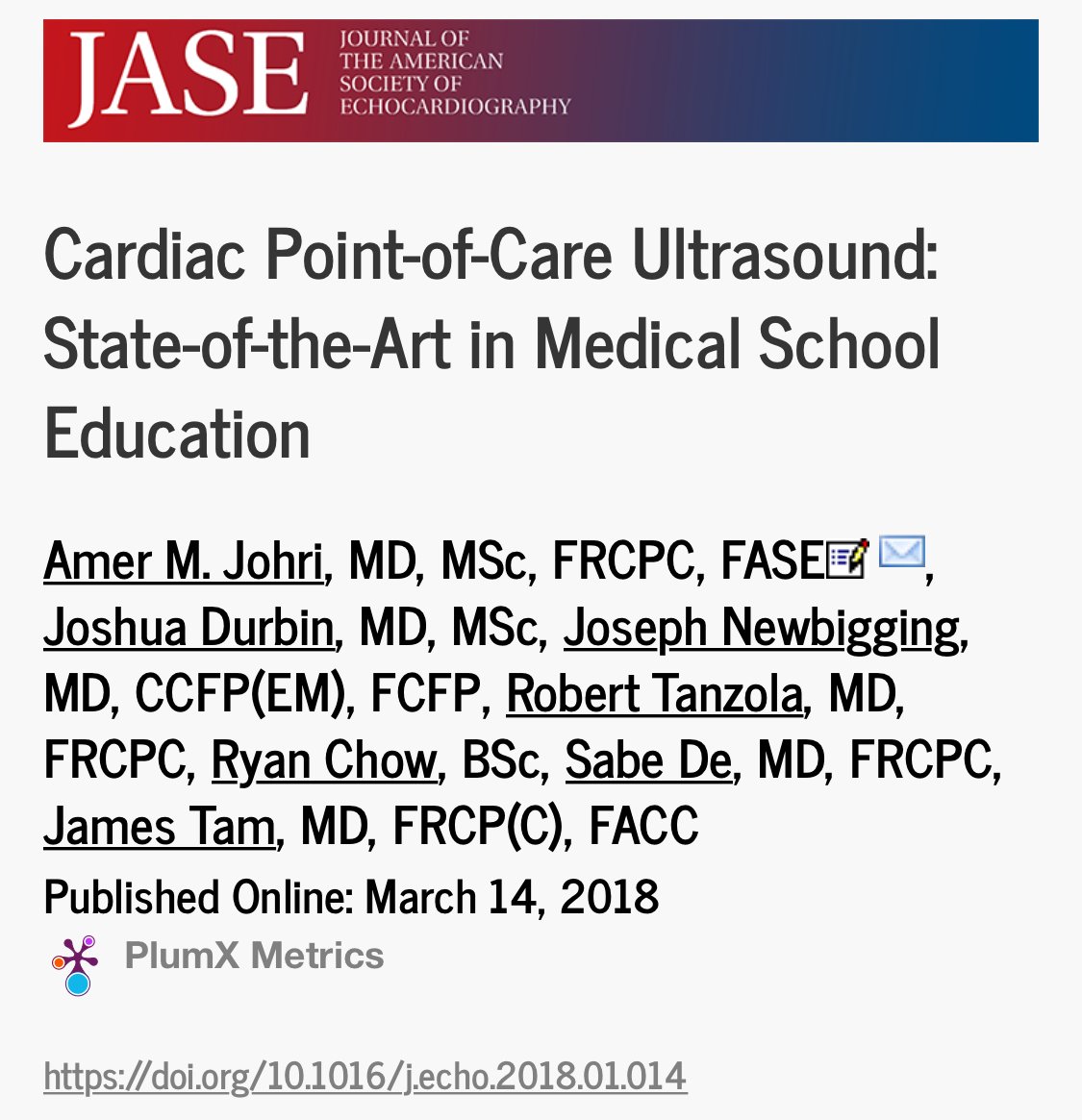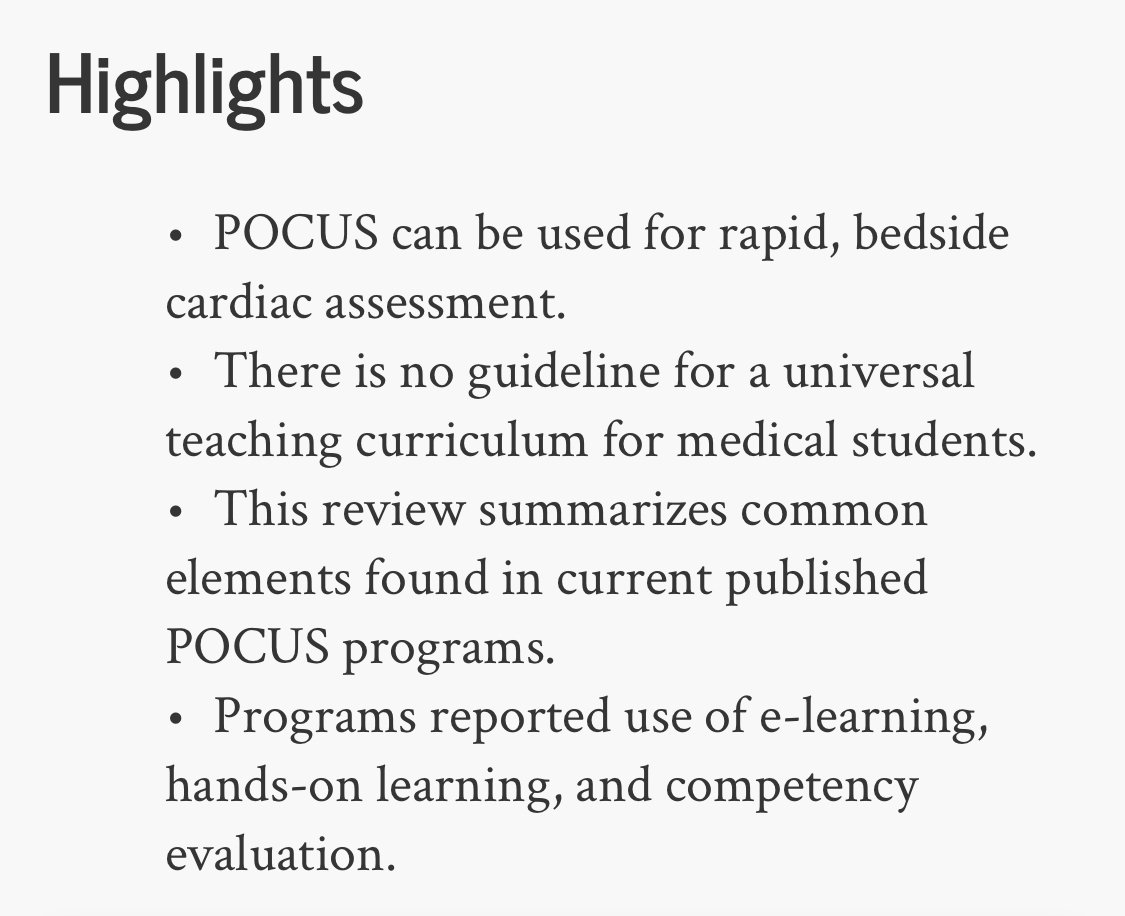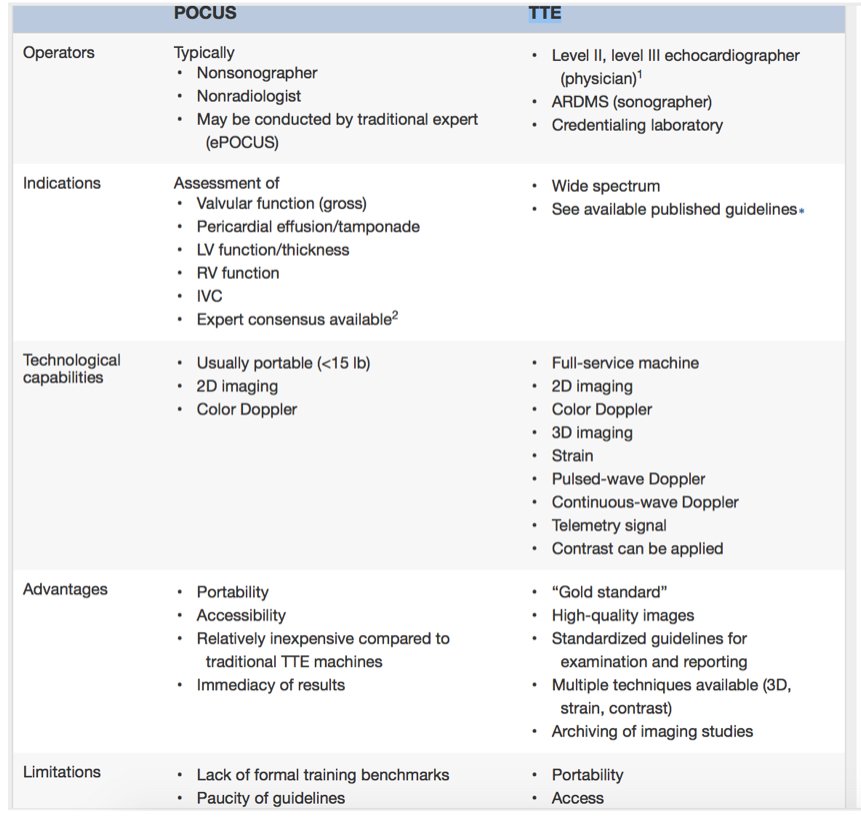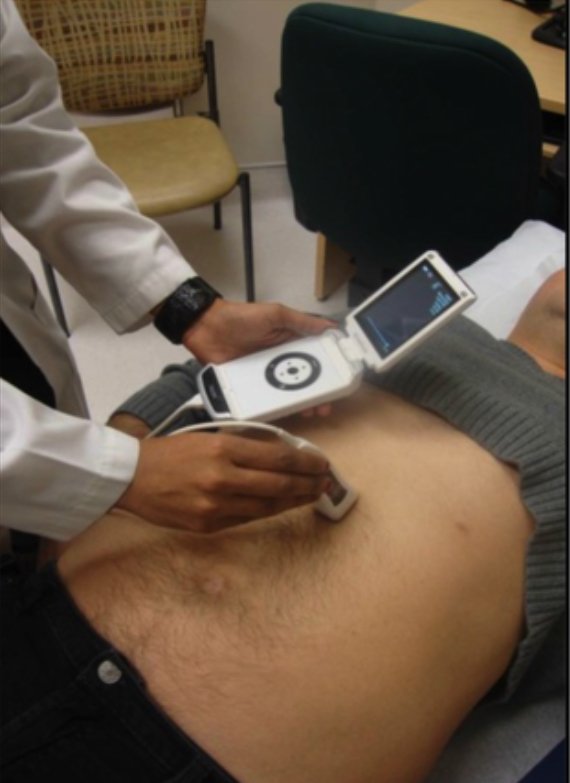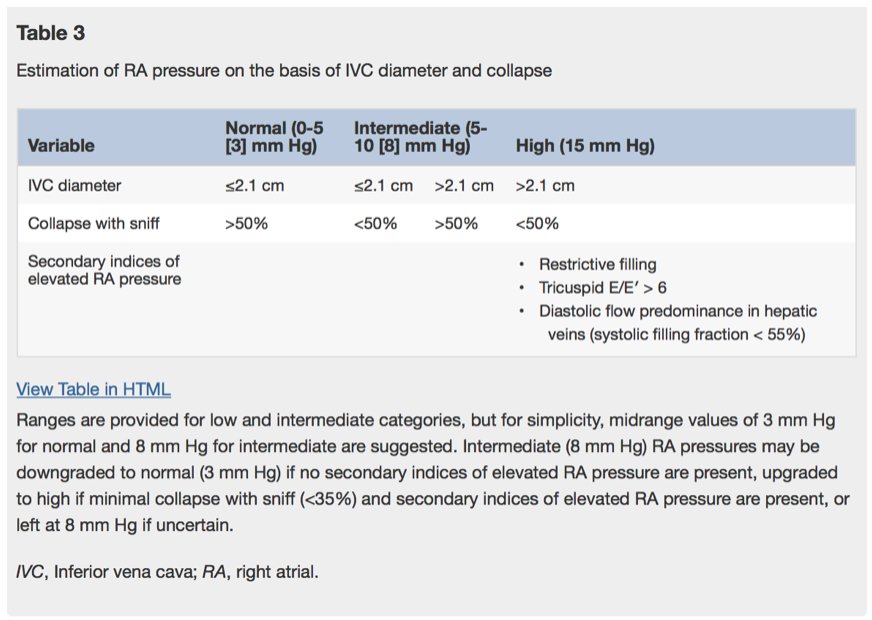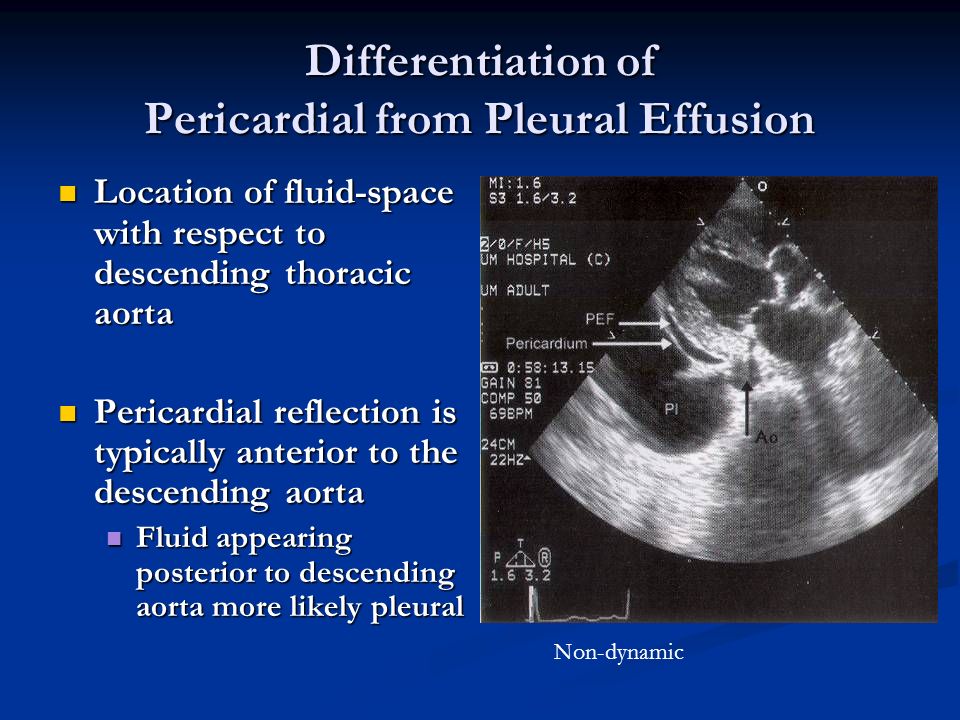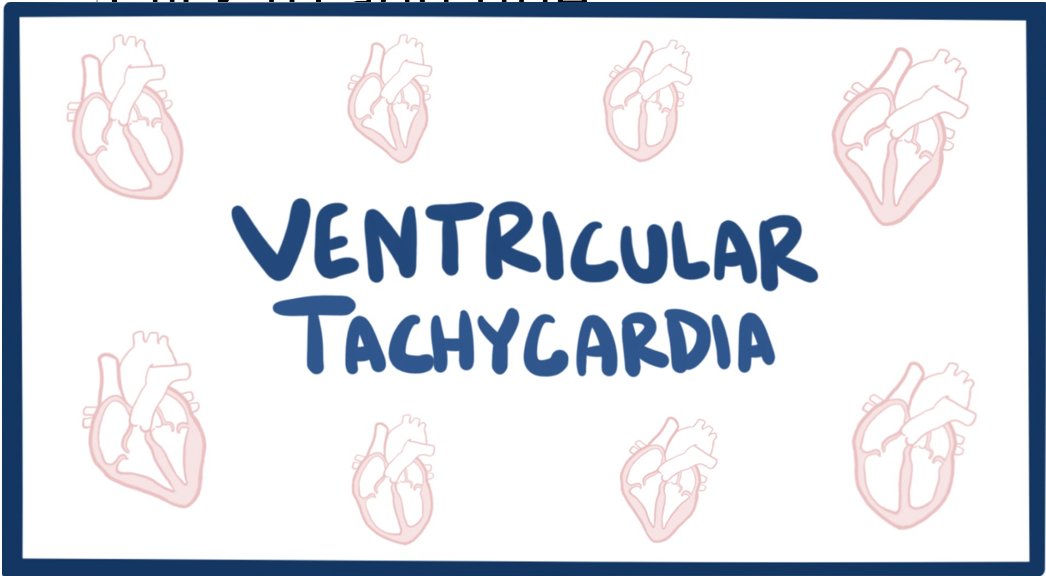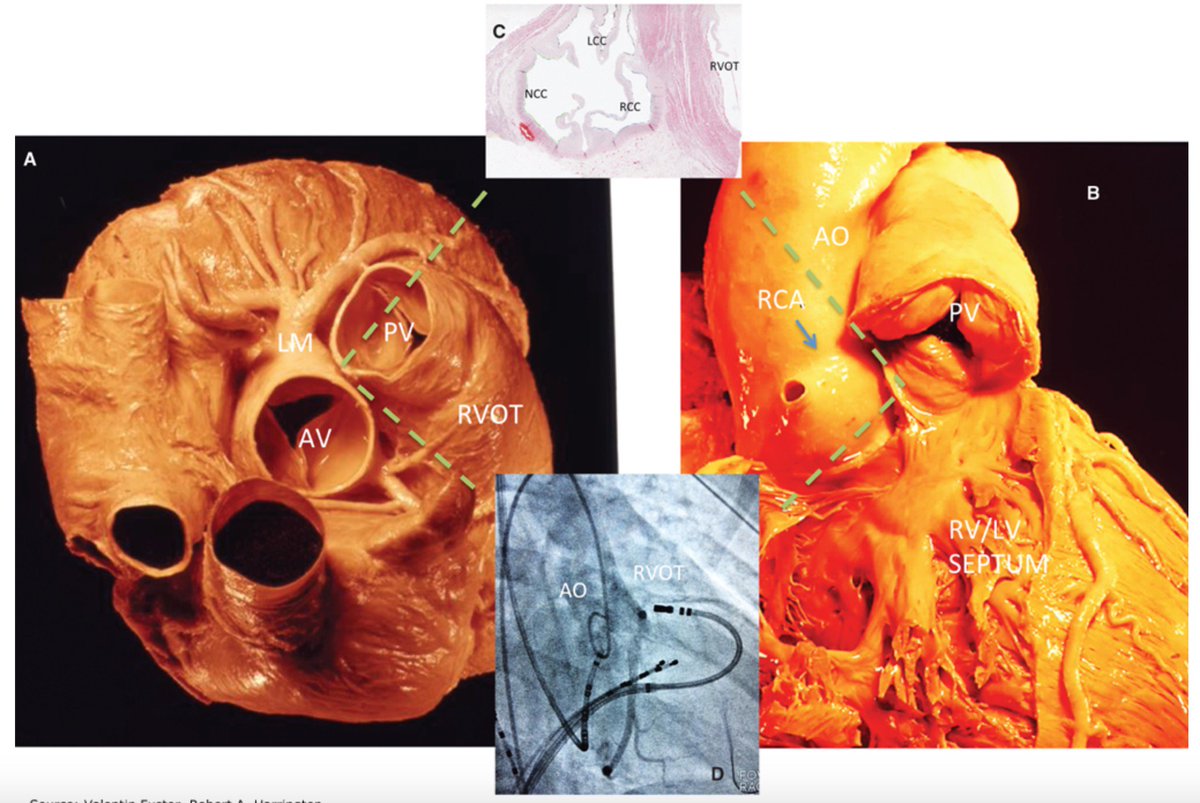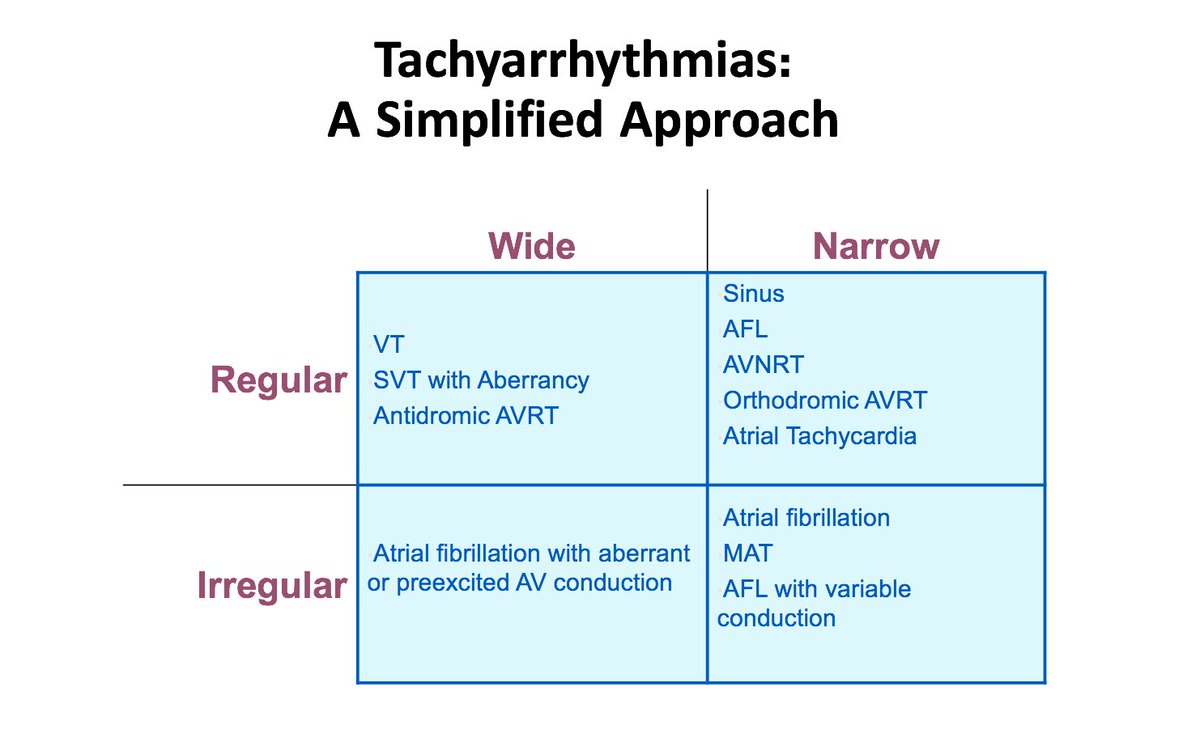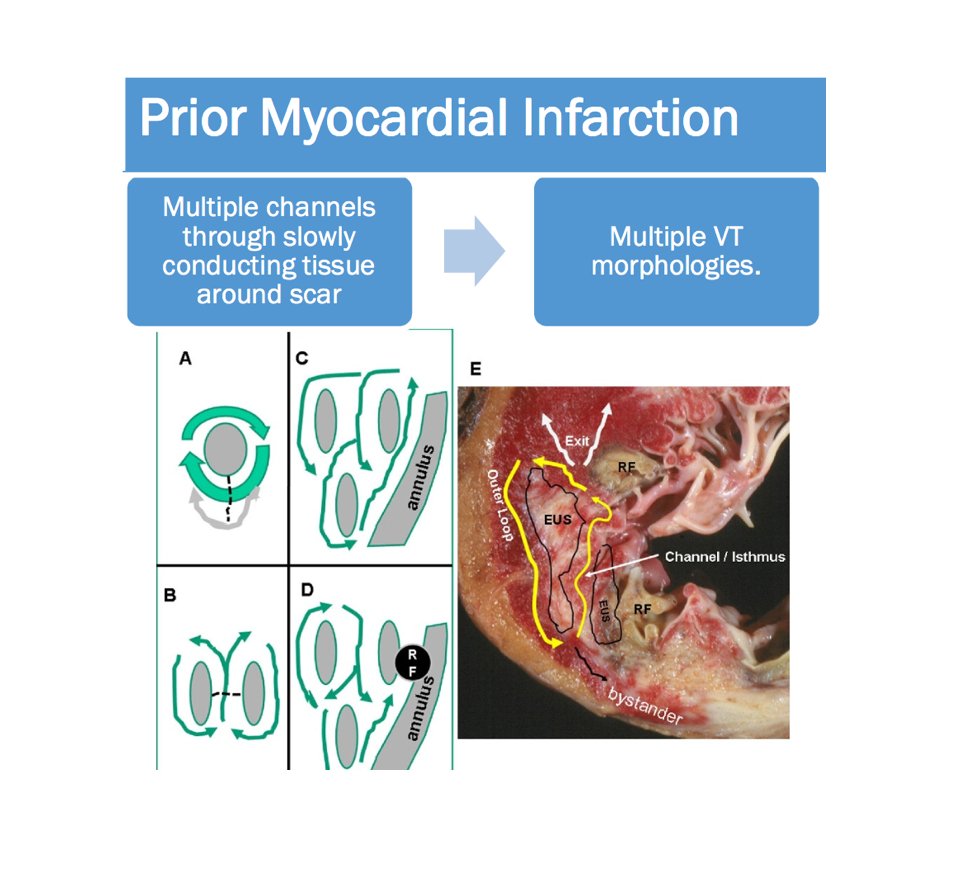concepts and share a step-by-step guide on the basics of image
interpretation 🤓 #imagefirst #OCTimaging
Important Safety Info: abbo.tt/2GyBrZ1
OCT stands for optical coherence tomography which is an imaging modality that uses near-infrared light to provide high definition images of the artery.
Important Safety Info: abbo.tt/2GyBrZ1
Important Safety Info: abbo.tt/2GyBrZ1 #OCTImaging #imagefirst

Important Safety Info: abbo.tt/2GyBrZ1#OCTIma… #imagefirst
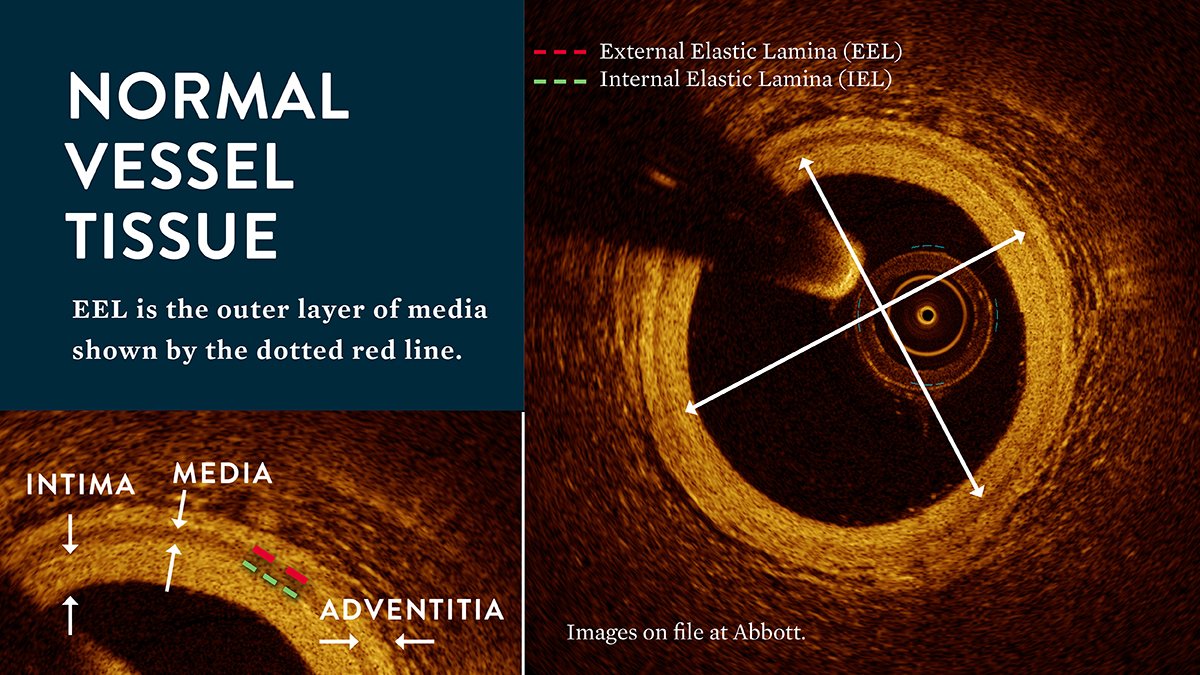
morphologies.
Here are the three most common types:
Important Safety Info: abbo.tt/2GyBrZ1 #OCTImaging #imagefirst
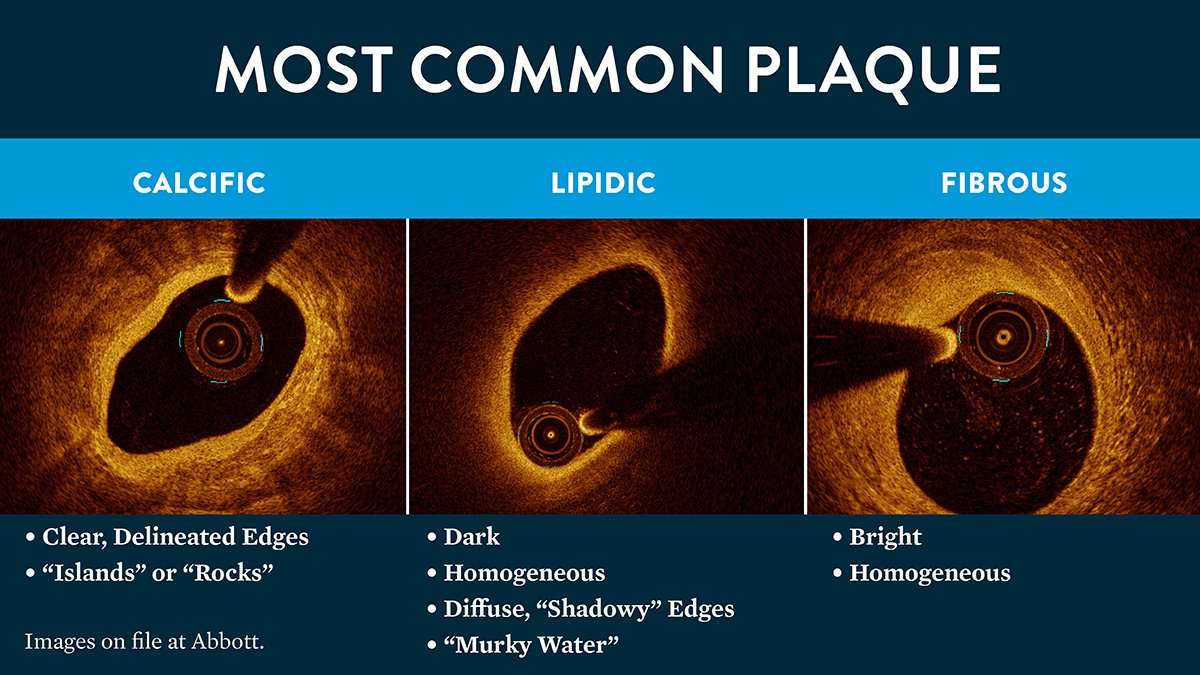
Fibrotic plaque = full of light
Lipid plaque = absence of light
Calcified plaque = a border can be drawn around it
Important Safety Info: abbo.tt/2GyBrZ1 #OCTImaging #imagefirst
simply "loss of light"
(A) High attenuation=high loss of light, dark image, can't see deep tissue
(B) Low attenuation=light penetrates deep, can see tissue
Important Safety Info:abbo.tt/2GyBrZ
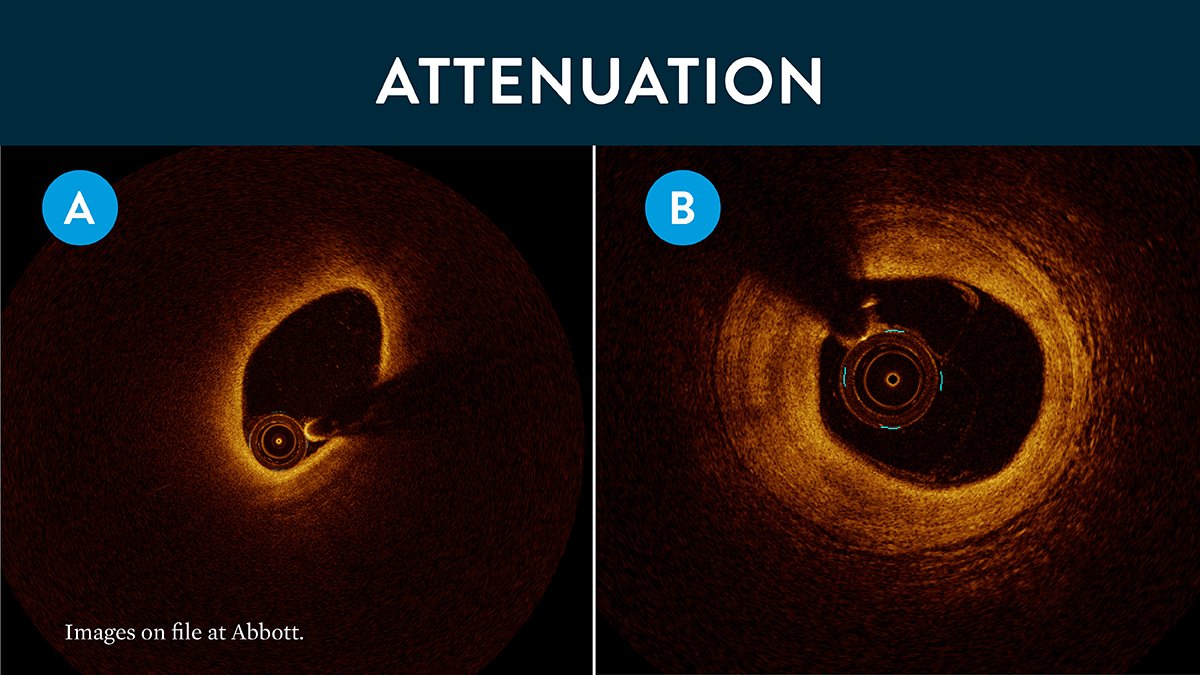
Simply put: can you see the EEL? And what do the lumen and vessel wall look
like?
Important Safety Info: abbo.tt/2GyBrZ1#OCTIma… #imagefirst
